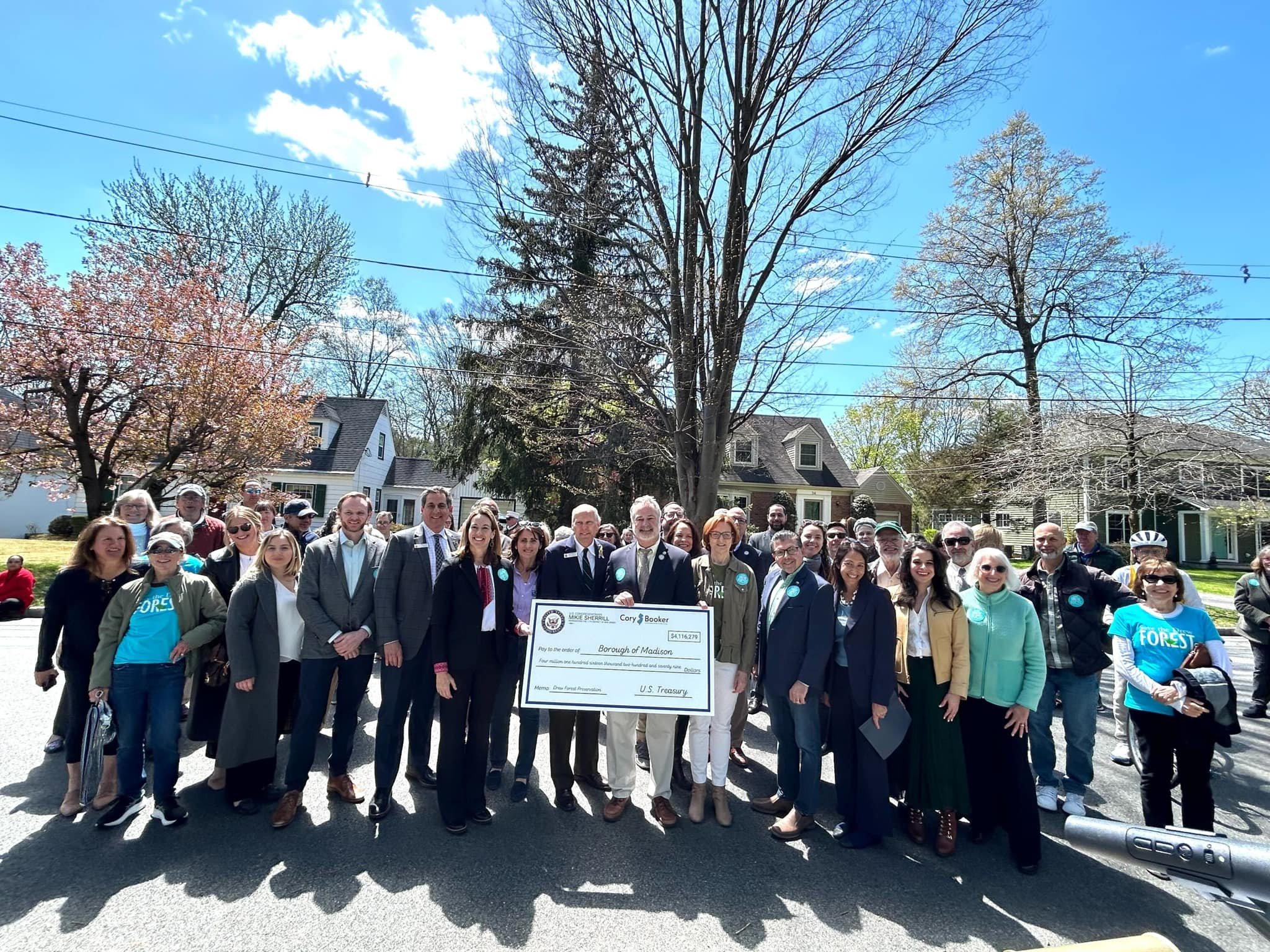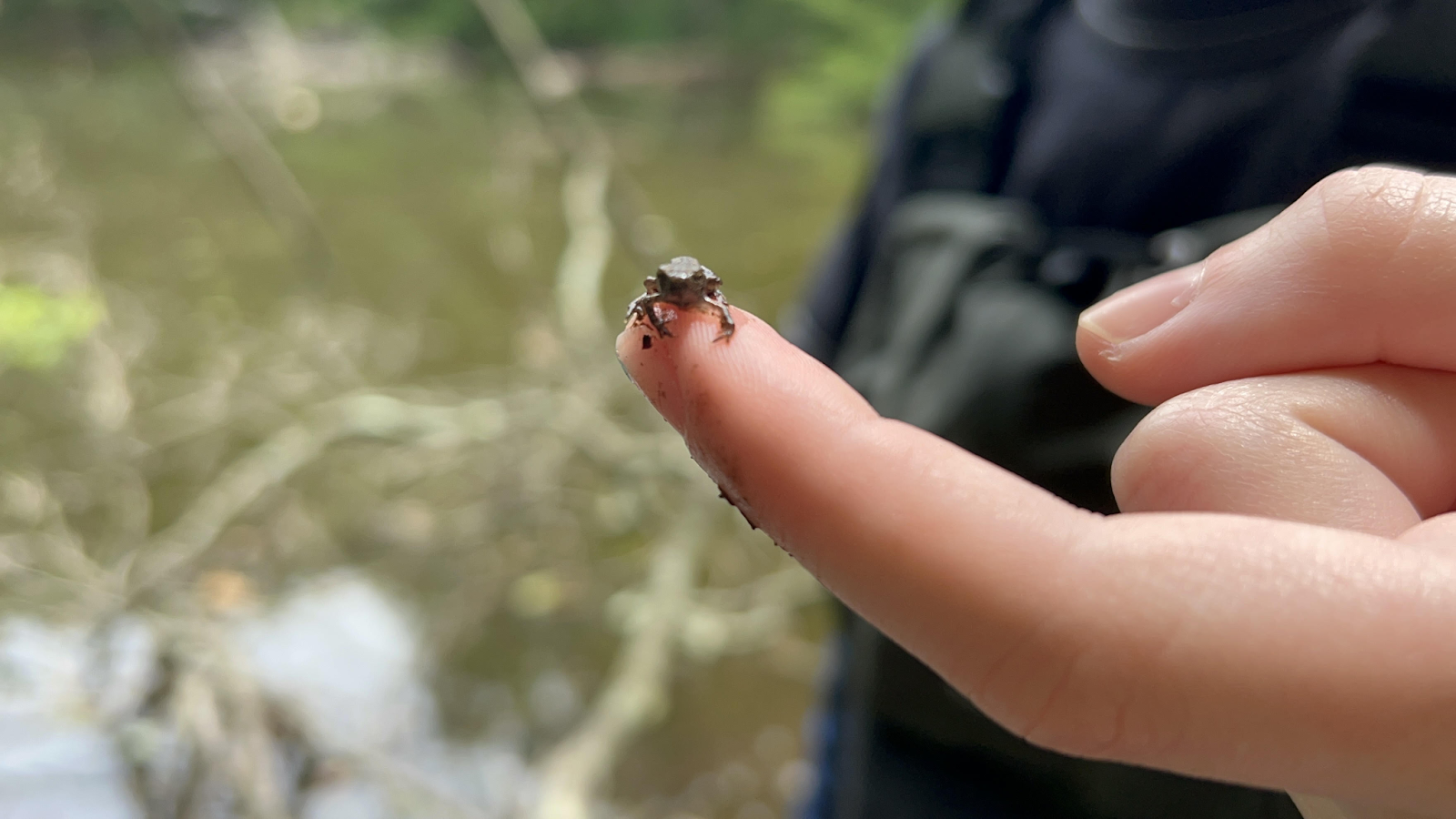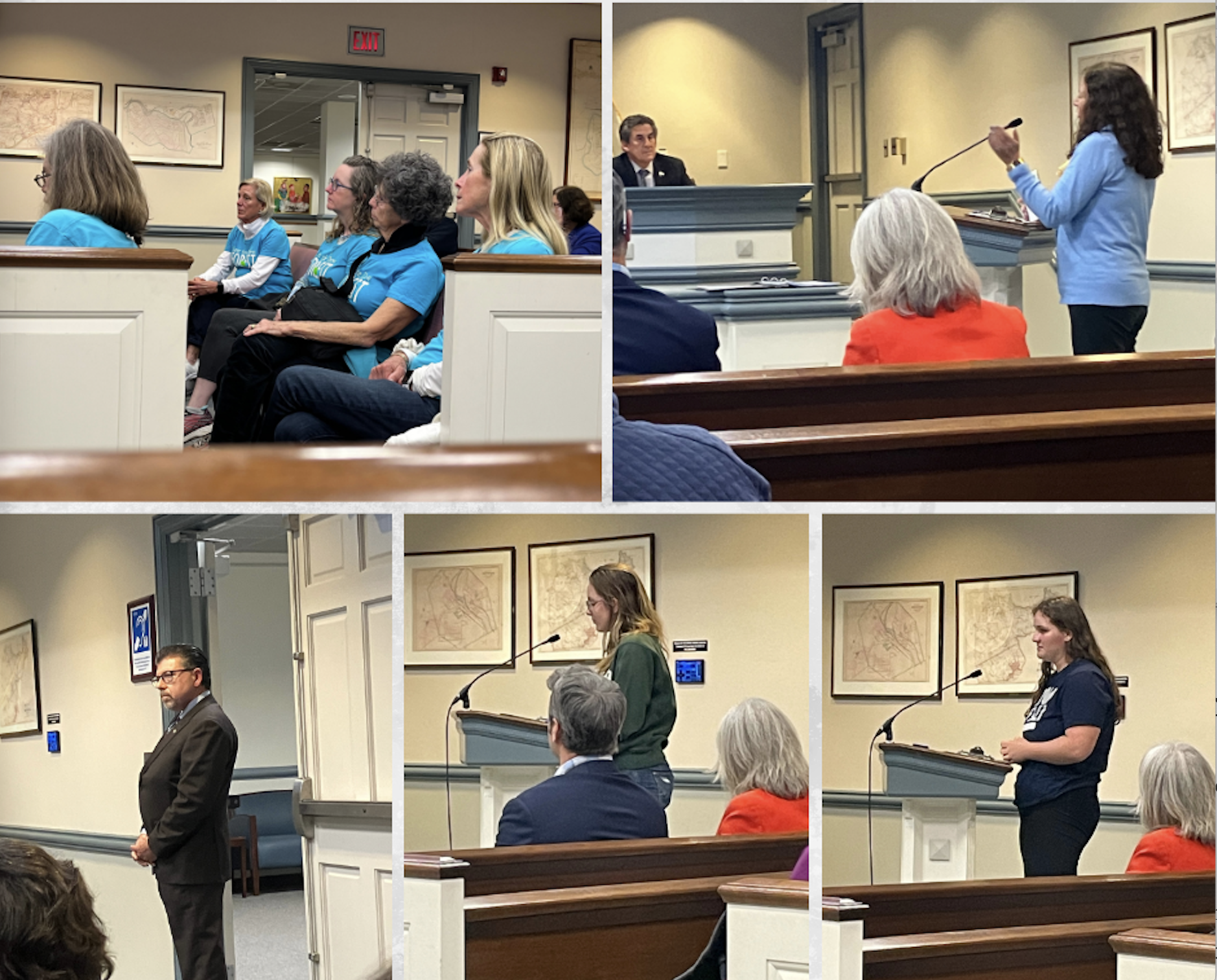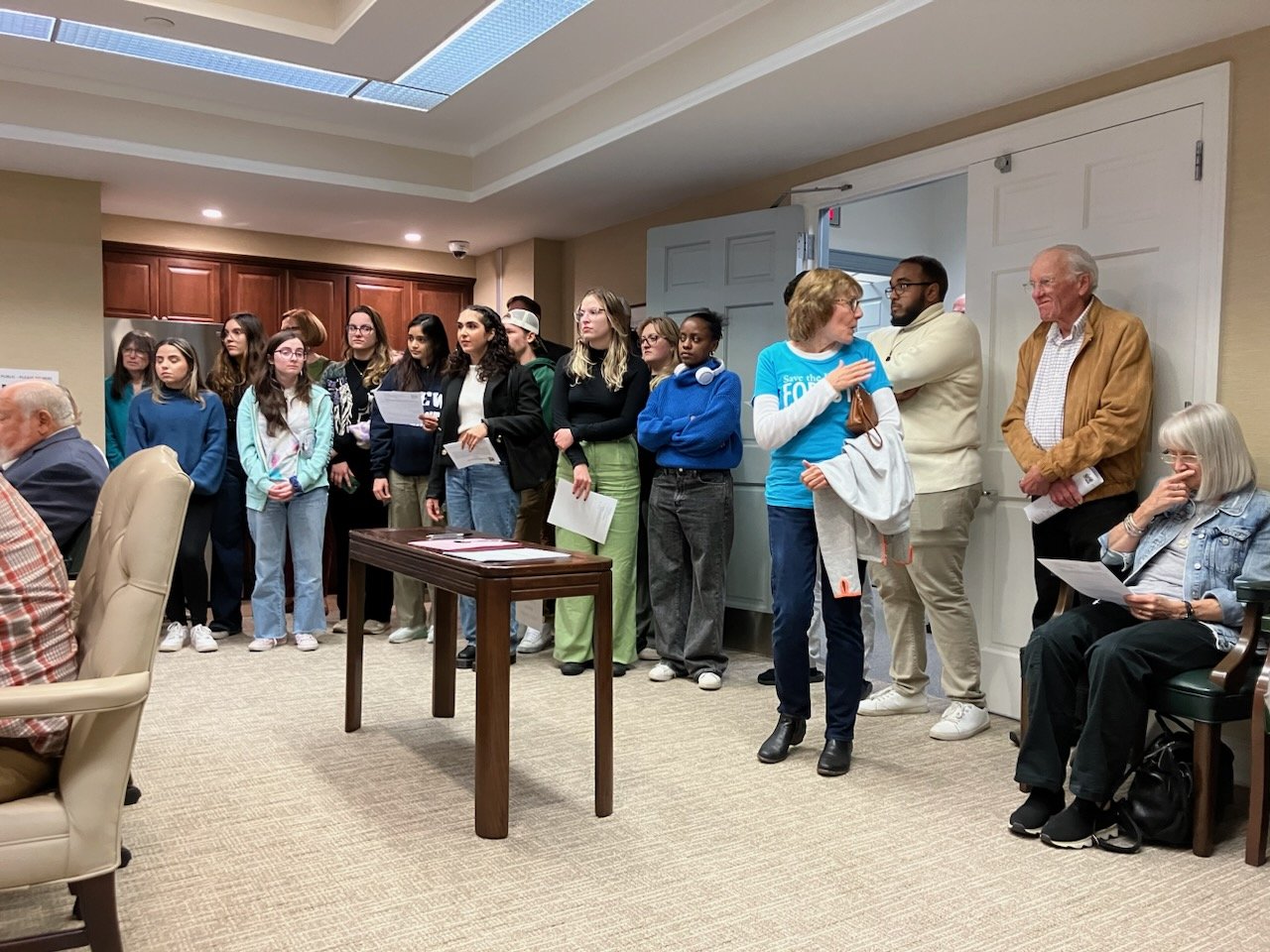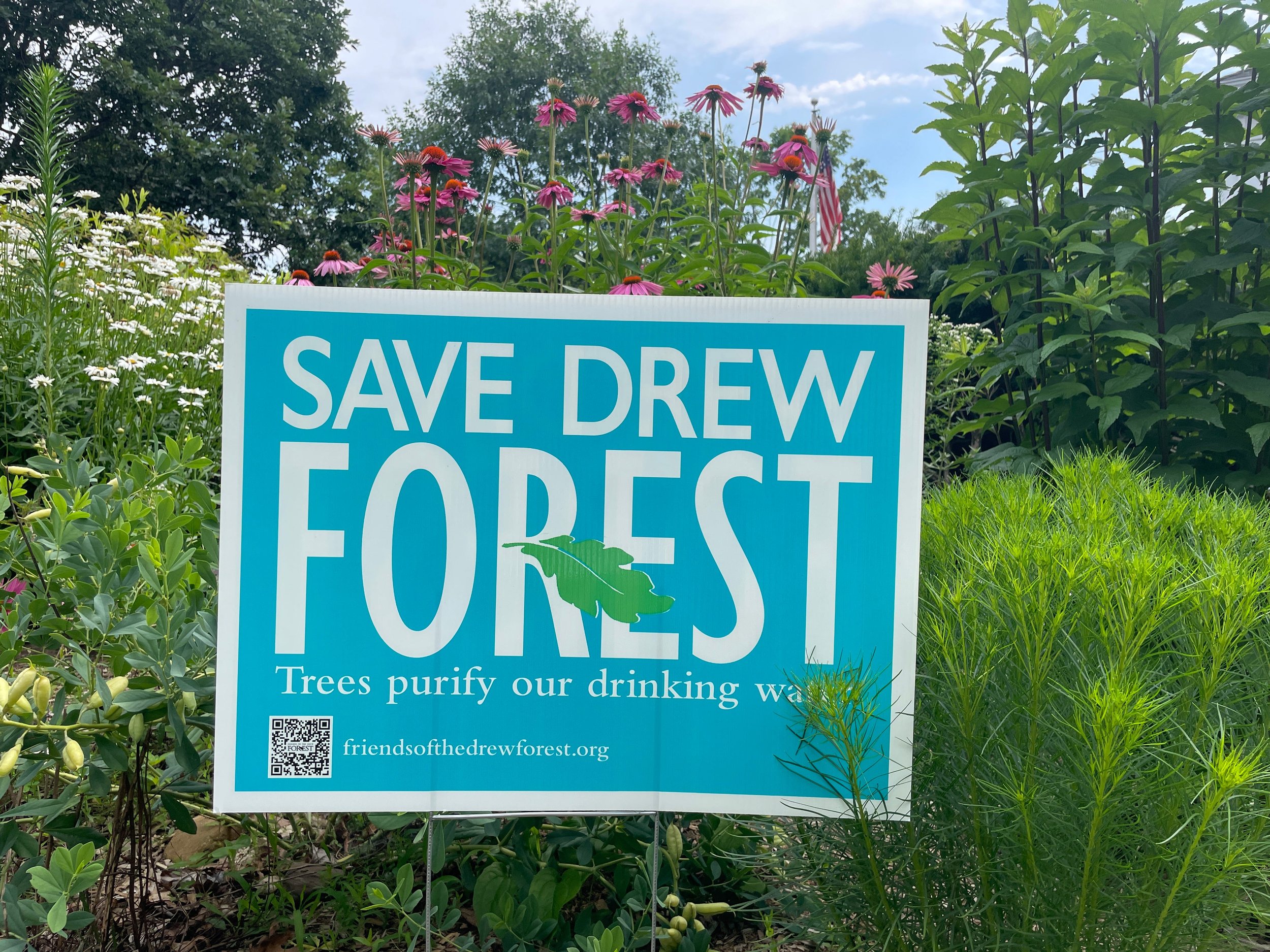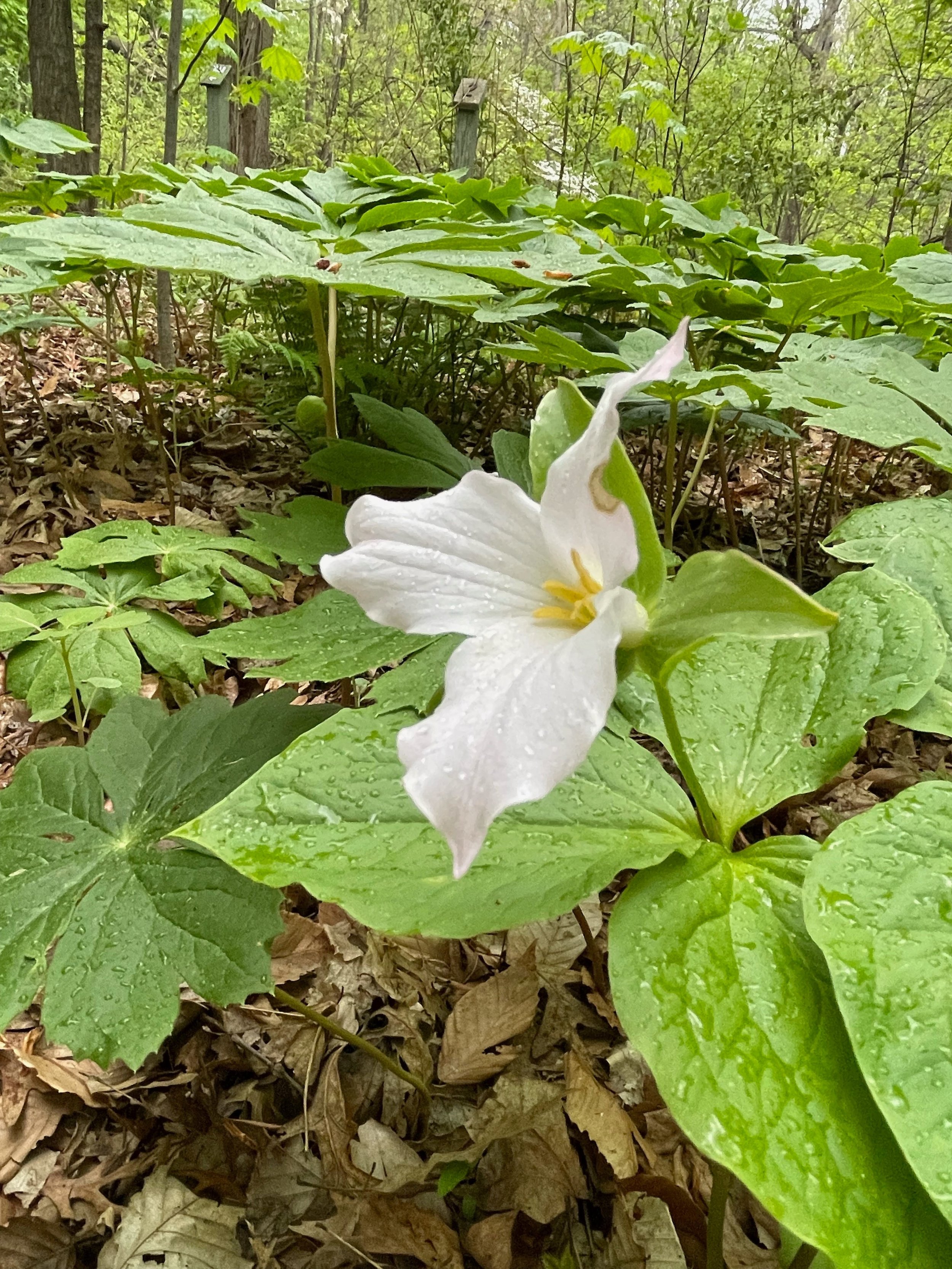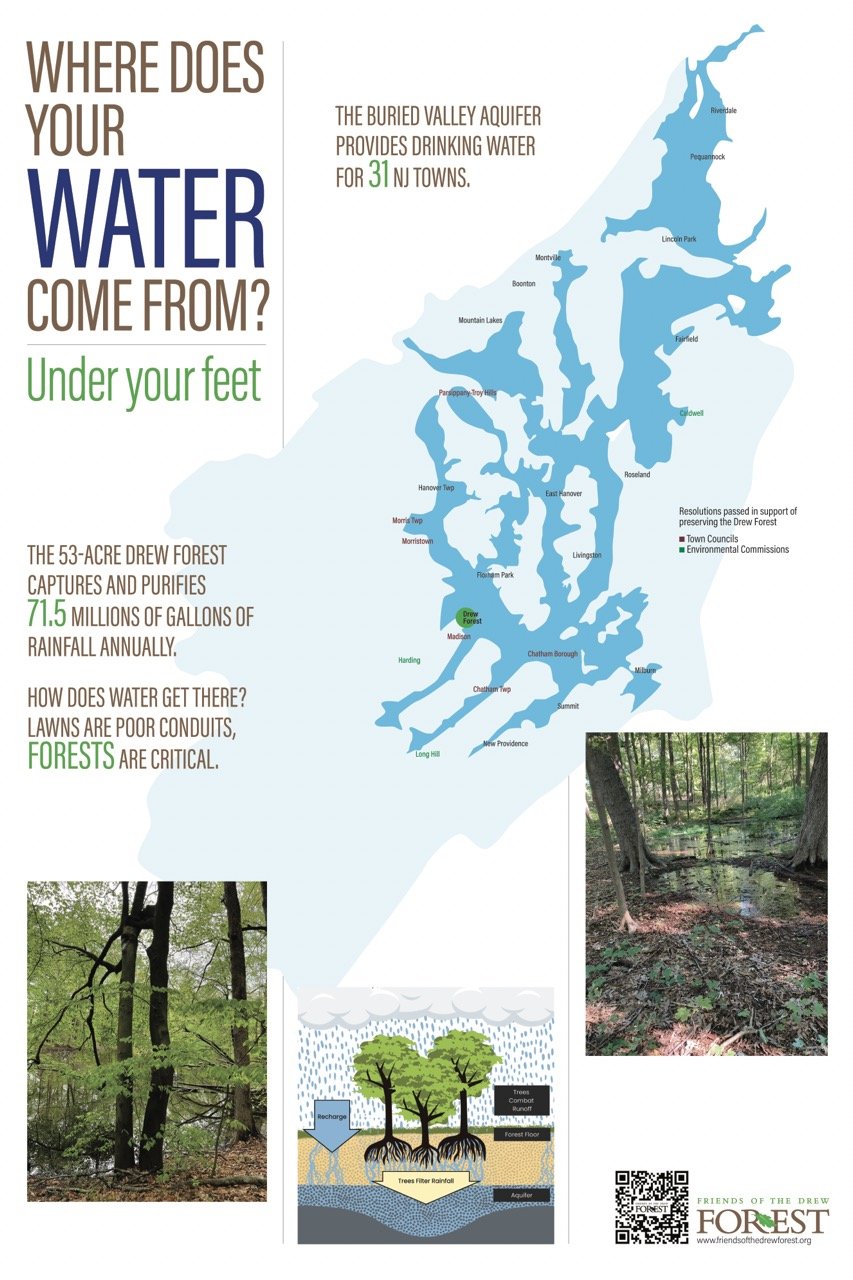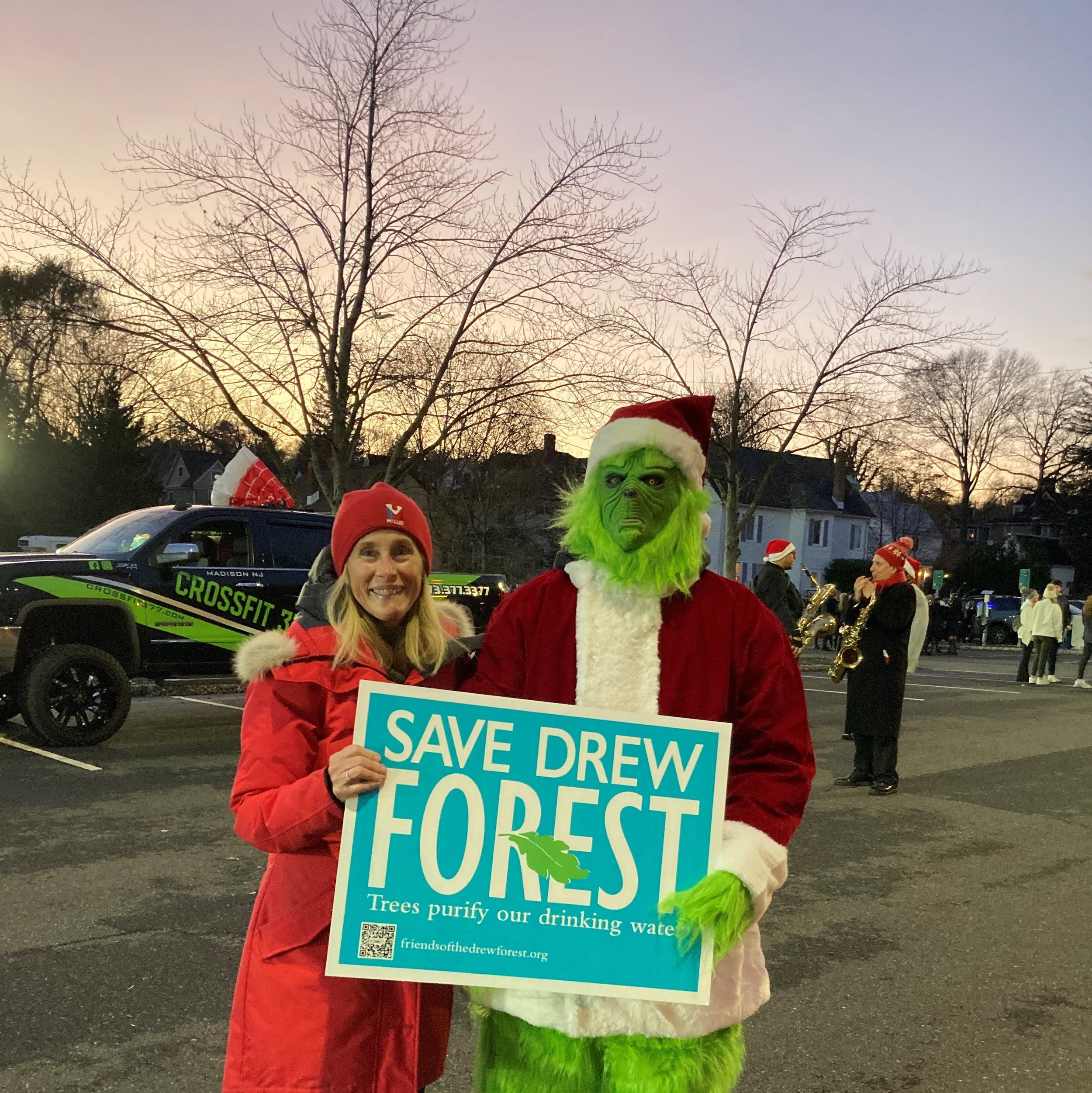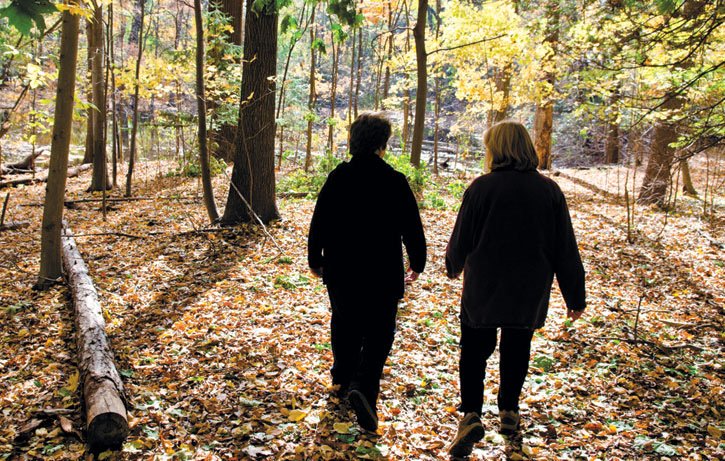Share the Forest Love: Our 2nd Annual Valentine Fest
Post, Print & Share: Forest Valentines
Big news on our website–we have two year’s worth of valentines for you to send to everyone you know. The artist behind them is our social media and web guru: Bethania Viana, Drew ‘17. The valentines feature Forest flora and fauna—trees, red foxes, wood ducks and pollinator plants, which are all thriving due to the Forest’s 14 year restoration.
Got talent to share? Message us on Instagram – all photographers and artists are welcome.
In the News:
Another forest petition needs your signature: Our friends at Milburn Climate Action are fighting the development of 8 acres of mixed forest, field, and wetlands. New Jersey American Water wants an exemption from the Watershed Protection Act so it can sell the land. Join us in saying no. (Note: please do not feel a need to donate to Change.org; the money goes to them, not Milburn Climate Action.)
Fun with Foxes in the Forest
January and February are mating months for the abundant Red Foxes in the Drew Forest. Breeding only once a year, a happy couple will enjoy a three-week courtship spent hunting and foraging together, after which they will settle upon a suitable location to build the den that will house their family. In the springtime, a litter of 3-7 kits is born to the vixen (female) who will protect and nurture them for several weeks while the dog (male) brings food and watches for predators. When the babies emerge into the Forest, they begin to roam their habitat with a loosely united family group. With enough sustenance they will range over an area of land between two and eight square miles.
The flourishing ecosystem of Drew Forest provides an excellent habitat for Red Foxes, and our environment benefits in a variety of ways from having them there. As wandering creatures and non-picky eaters, foxes disperse plant matter over a large area as they eat fruits, nuts and berries, thus ensuring continued propagation of many species; they reduce the population of their favorite prey, disease-carrying rodents who can destroy local agriculture; and finally, they enrich the soil by adding organic material that is the byproduct of their consumption of carrion.
It’s an ecological win-win! Preventing local deforestation and preserving the Drew Forest will ensure continuation of this life-cycle and perpetuate the existence of the familiar Red Fox.
Students from the Urban Scholars Upward Bound program kick off Forest nature walks.
Leaders gather for Earth Day celebration. ➡️ We need you to join us at the next big event on May 20/21.
Our 3rd annual Forest Valentines are here! Pick a design; then post, print & share!
The good news: Morris County approved a $5 million grant to the Borough of Madison for a conservation sale of the Forest. There's still more to do.
Will the County Commissioners approve $10 million to conserve the Forest (Madison's request)? Or $5 million (Open Space Committee recommendation)? Something in between? We're on pins and needles.
Yep, it's time to show up (again) at the Morris County Commissioners meeting, 8 pm at 10 Court St, Morristown. On the agenda: a 6pm organizing dinner at Caffe India.
We need you to connect with Morris County Commissioners at 2 upcoming meetings (Oct 25 and Nov 8) and through email statements of support.
This is it—the Morris County Open Space Trust Fund Committee is voting on a $10 million grant to buy the Forest. But first there’s a public meeting. We packed it last time. Let’s do it again.
The Morris County Open Space Trust Fund Committee is reviewing Madison's $10 million funding request to purchase the Forest. Let's show up on Sept. 6—and do what we do best: represent the forest.
Help us blanket Morris County with Drew Forest yard signs!
Can you join us on May 22 to demonstrate community-wide support for Morris County funds to purchase the Forest? Wear your tee and see you at Madison Borough Hall, Monday, May 22, 8-8:45pm. RSVP below.
What’s blooming now—and later. You won’t want to miss a blossom.
The Drew Forest purifies 71.5 million gallons of water for the Buried Valley Aquifer, which services 31 towns.
Valentines to print & share, plus truly foxy love in Forest dens and another local petition to sign.
Red-tailed hawks, winter wonderland and a video by Dr. Douglas Tallamy, a prominent ecologist, that you’ll want to share.
Check out our last newsletter of 2022! Gratitude and gifts for all.
2022 is off to a strong start — read more about recent updates, volunteer opportunities, and the upcoming New Jersey Forest Forum.
Twelve Days of Christmas: Drew Forest Edition
Featuring some of the many species that can be found in the Drew Forest’s diverse environment.
The fight to save the Drew Forest grows stronger each day, thanks to a strong community with Madison, NJ and beyond.
Updates on the invasive species haunting the Drew Forest, ongoing support from Madison Borough to conserve the forest, and more tips on how to help.
The Friends of the Drew Forest is a volunteer organization dedicated to protect and sustain the Drew Forest Preserve, 53 biodiverse acres that provide countless benefits to Drew University, Madison Borough and surrounding communities along with critical wildlife habit.

















